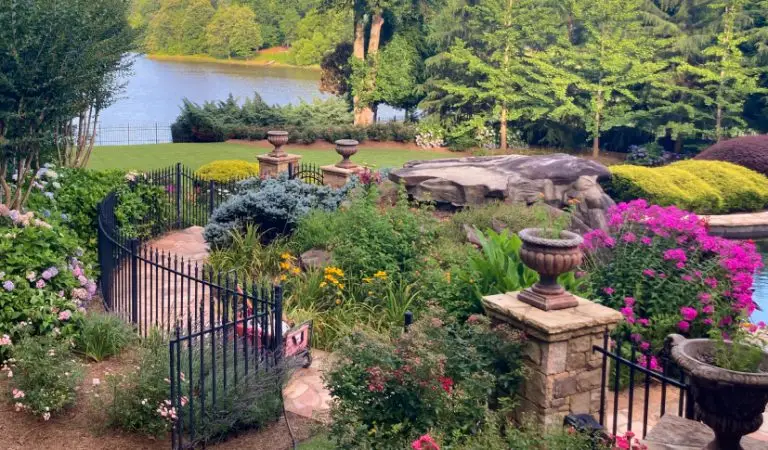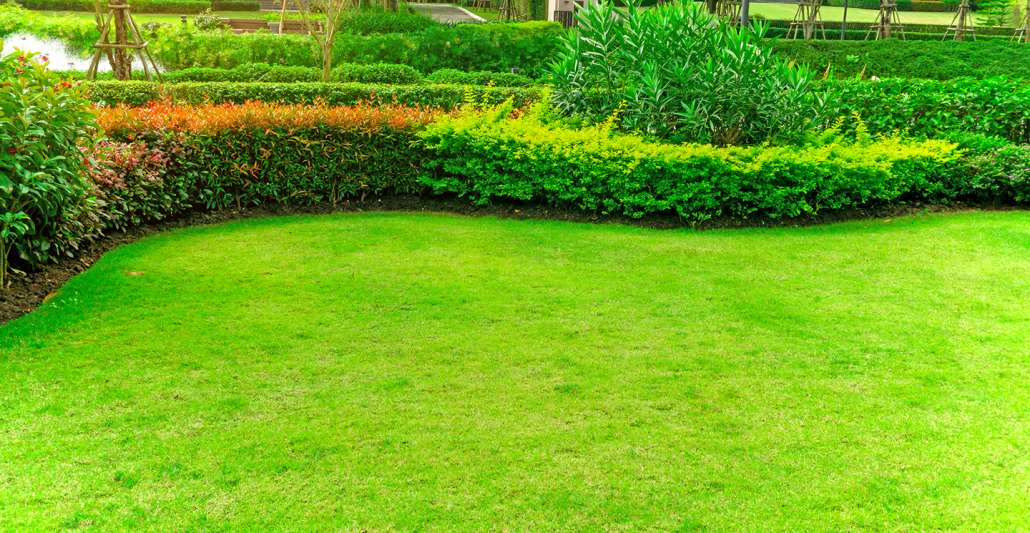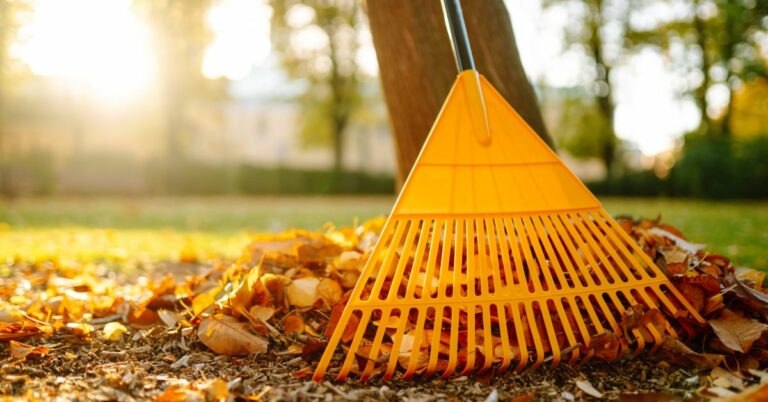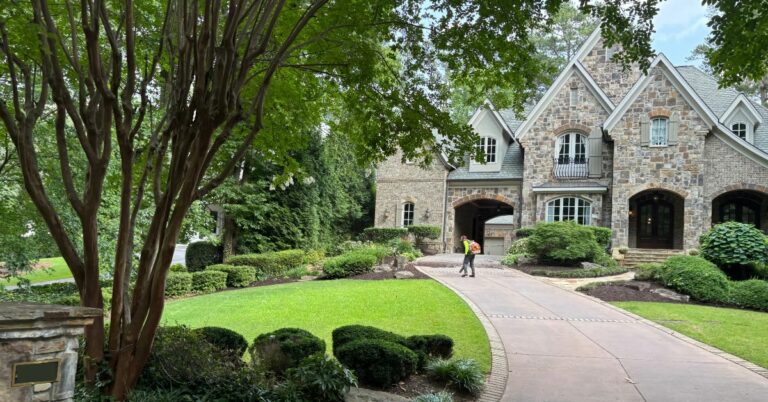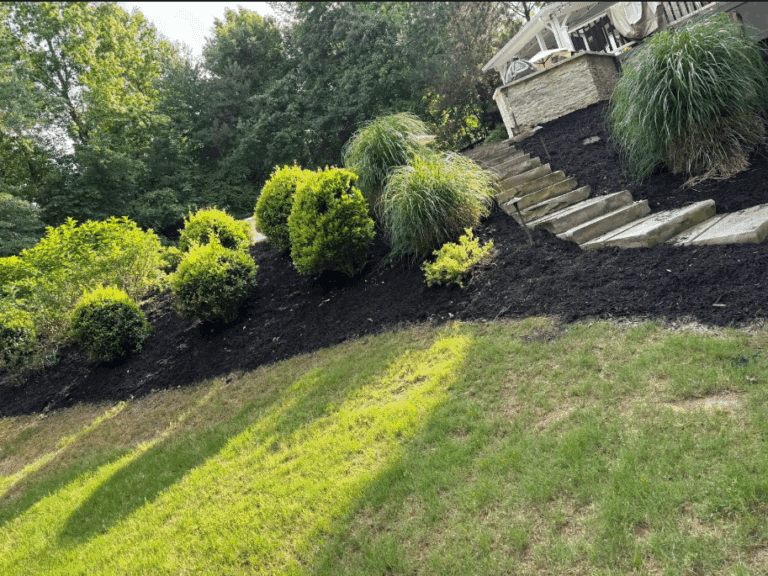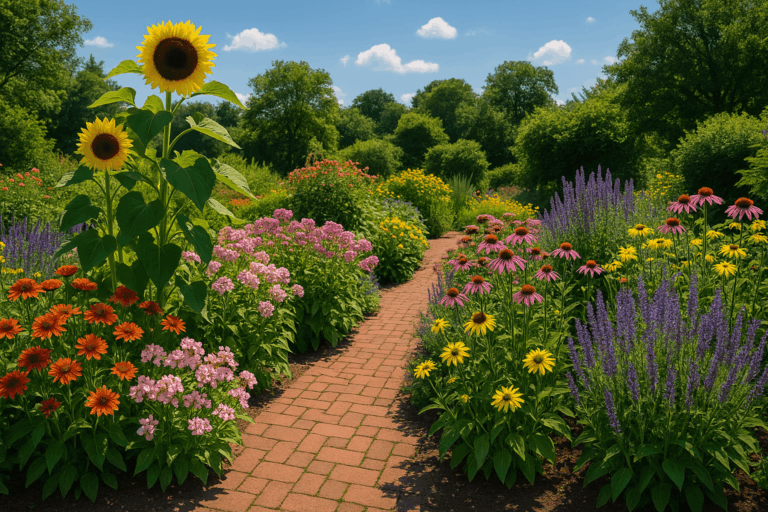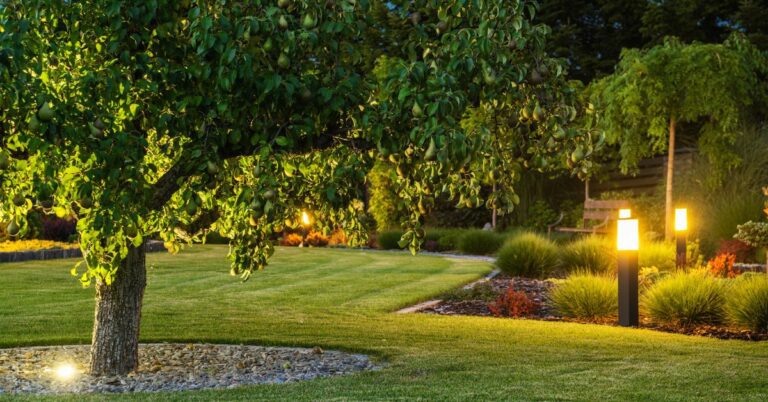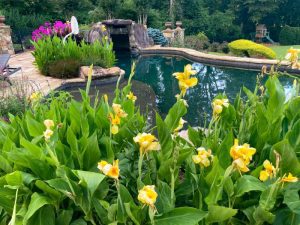Some Southerners take pride in their yard and caring for their land. As such, a question most of them face is which type of grass to grow and cultivate. With choices like ryegrass, St, Augustine, and the popular Bermuda grass, the choice can be a little difficult at times.
If you’re a new homeowner or need a lawn upgrade, knowing the differences will help figure out which is best for you. In this article, we’ll focus on varieties of sod to help you decide whether or not it’s perfect for your Southern lawn.
What is Bermuda Grass?
For well over a century, Bermuda grass has been one of the primary grasses in the South. Even if you didn’t know what it’s called at the time, you’ve seen this type of grass. Whether on your neighbor’s lawn, athletic fields, or your favorite golf course, Bermuda grass is everywhere. In fact, it’s native to tropical and subtropical countries worldwide.
Notable Features of Bermuda Grass
Best Time to Grow
Bermuda grass is a warm-season perennial grass. This means its growing season is generally from late spring to those hot Atlanta summers. Though it can look completely dead in the winter, it comes back every year.
Bermuda grass doesn’t handle cold weather as well as other types like Zoysia grass or tall fescue. You won’t find it much in the northern part of the grass-growing areas, which lawn experts often refer to as the “transition zone.” However, stretching from the East Coast through to California, Bermuda grass is one of the top options for lawns.
Bermuda grass remains verdant throughout the winter in climates free of frost. In major areas of growth, it enters a period of dormancy and turns brown during the colder months. Compared to other warm-season grass alternatives, the dormancy phase for Bermuda grass often begins sooner and extends further into the year. This characteristic is something homeowners should consider when choosing their lawn cover, especially if a green winter lawn is a priority.
Sunlight and Soil Requirements
Bermuda grass loves the sunshine and thrives when planted in spots that get plenty of direct sunlight. For this warm season lawn, ensure the ground drains water well for a healthy lawn. Bermuda grass is tough and handles extreme heat and high humidity. For coastal cities and areas with snow, the grass is salt tolerant and able to grow despite salt exposure.
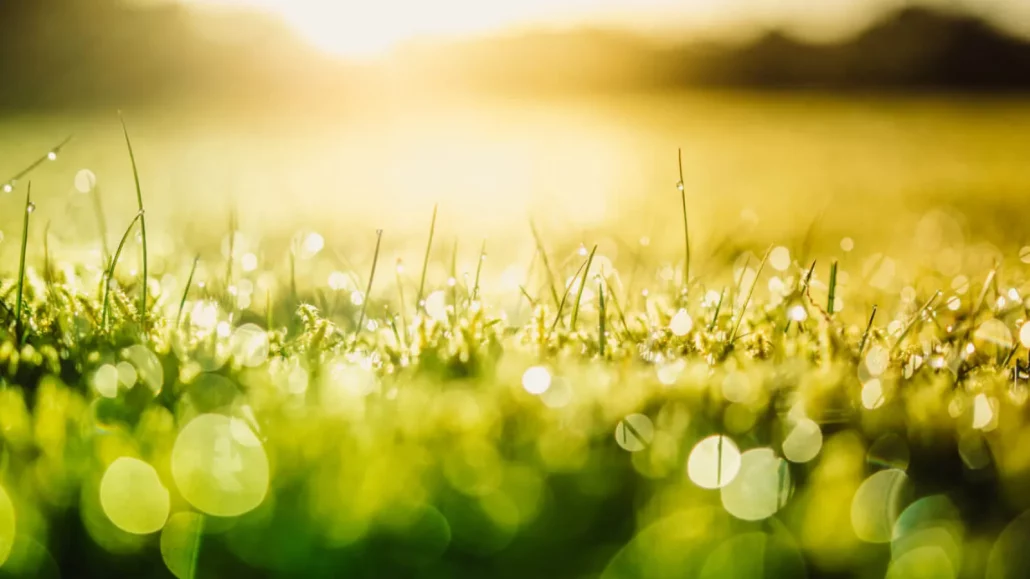
Unlike most warm-season grasses, most people consider Bermuda grass as drought-resistant. Able to withstand long periods without water. For example, Centipede grass has similar qualities to Bermuda grass, being heat resistant and low maintenance. However, it needs adequate hydration to stay healthy and green.
Bermuda grass gets its strength from its deep root system. The roots can stretch up to 6 feet or more. This big network of roots means it can hold up better against tough weather and other harsh conditions than other kinds of warm-season grasses.
Maintenance
When it comes to Bermuda grass, caring for your lawn is all about the timing. To keep it looking good, you have to line up your lawn care with the way this grass does its thing. Climatic conditions are far from static and can differ immensely with each passing year. However, keep the following in mind as a guide.
- Sodding Bermuda grass should happen during spring to early summer after the soil has warmed sufficiently and the threat of spring frost has diminished. You may want to get a soil thermometer from your local garden center to ensure you hit perfect timing.
- Early and regular mowing to maintain the lawn’s height between 1 and 1 1/2 inches during the growth phase, generally March/early spring, is essential. This practice, known as “scalping,” allows sunlight to get to the root system, thus greening up faster, and along with aeration, it reduces fungus-causing thatch.
- Once your Bermuda grass has taken root and begun to grow, you need to give it approximately one inch of water every week, including rain. This is crucial to support a healthy, thriving lawn.
- To keep weeds at bay, use weed killer in the latter part of spring when the grass and weeds are actively growing. Use a pre-emergent herbicide twice a year and spot spray with post-emergent in between.
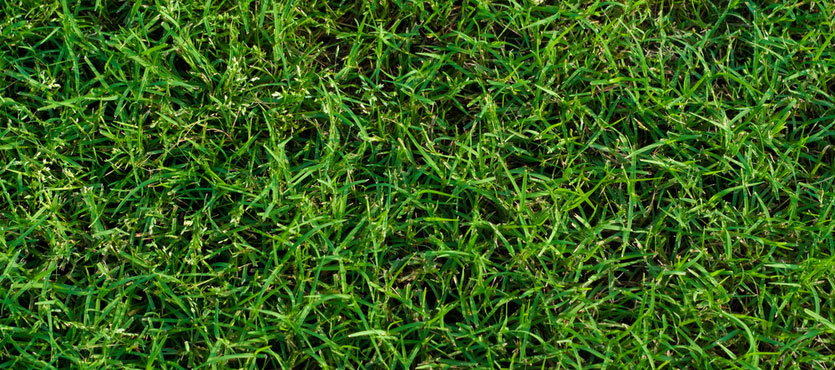
Cost
Sod runs anywhere from $0.50 to $1.50 per square foot. Where you live can have a drastic impact on price because of higher demand in hotter climates. So, living in Atlanta, you may pay more per square foot than locations north of the Mason-Dixon.
Conclusion
When Bermuda grass is properly cultured and maintained, it can make almost any yard or field look amazing. The average cost is affordable, but those great looks do require a bit of upkeep. In our area, you’ll need to mow at least once every week and even twice a week for those who prefer a tended yard.
If you’re interested in learning more or taking your yard to the next level, contact us today. At Creech Landscape, we’re dedicated to helping the Atlanta Metro area have lawns they can be proud of. We offer a comprehensive list of landscaping services tailored to our clients.

